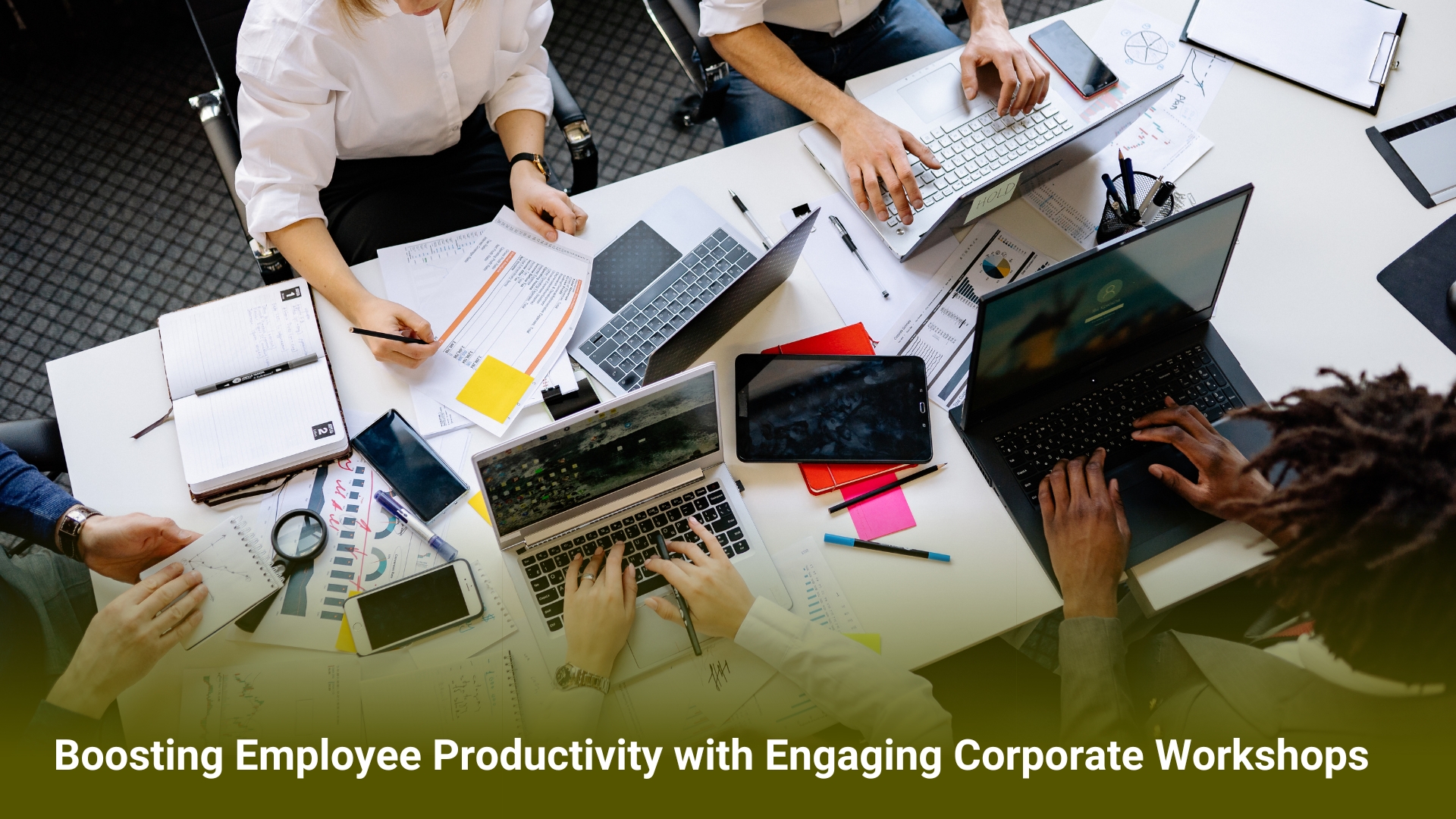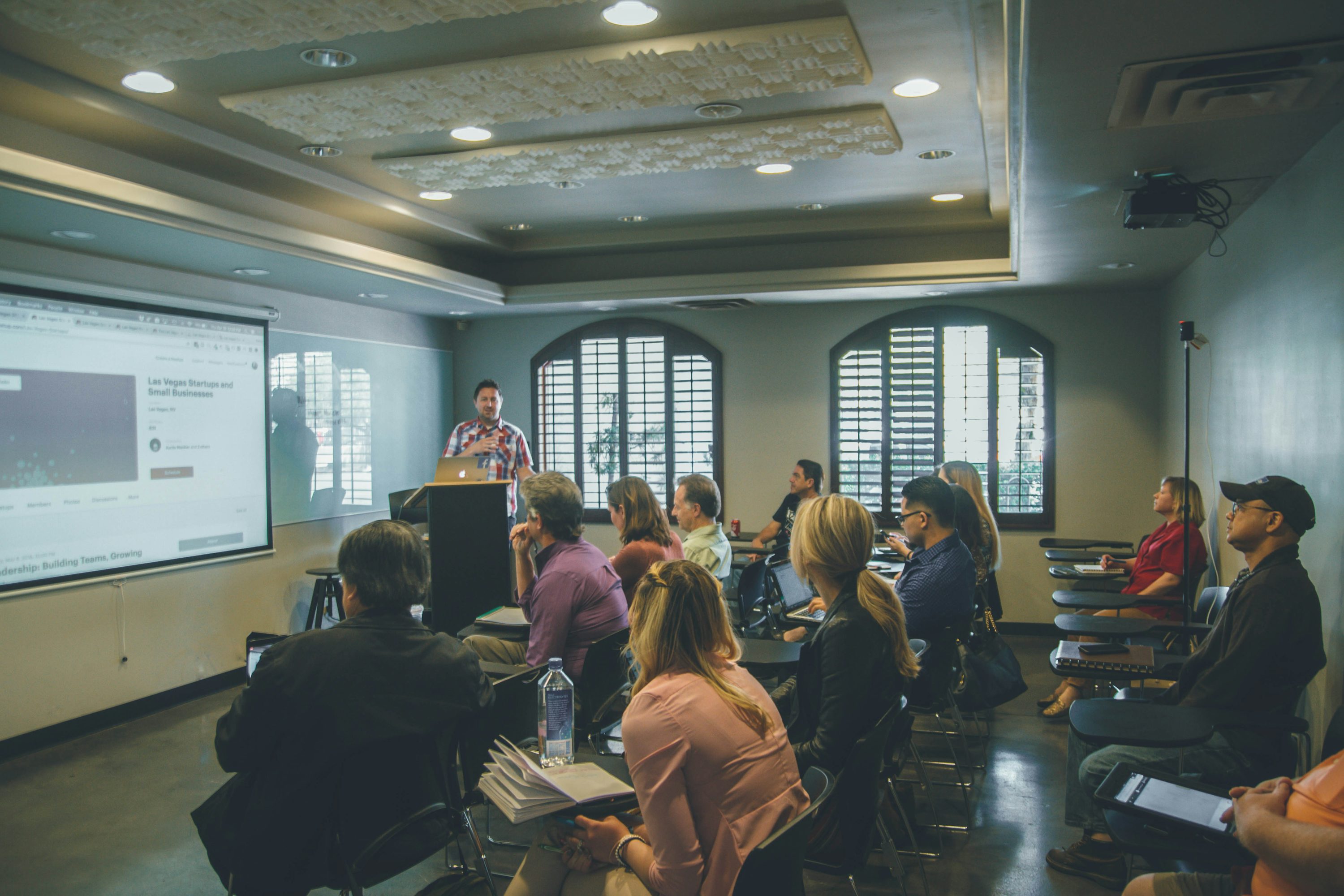Boosting Employee Productivity with Engaging Corporate Workshops

How the right environment can make corporate training more effective.
In today’s fast-paced corporate world, continuous learning and skill development are essential for staying ahead. Corporate workshops have emerged as a powerful tool for boosting employee productivity, fostering collaboration, and enhancing overall workplace efficiency. However, the success of these workshops is heavily influenced by the environment in which they are conducted. The right setting can significantly impact engagement, retention, and application of knowledge. In this article, we explore how an ideal corporate training environment can maximize the effectiveness of workshops and drive long-term results.
1. The Power of an Engaging Learning Environment
A productive workshop isn’t just about having great speakers and content; the physical space plays a crucial role in ensuring participants stay engaged. The right environment should offer comfort, accessibility, and a distraction-free atmosphere. Well-designed spaces with adequate lighting, ergonomic seating, and ample room for movement can improve focus and participation.
Key Elements of an Effective Training Space:
-
Comfortable seating arrangements that promote collaboration
-
Proper lighting to reduce eye strain and enhance focus
-
Soundproofing to minimize external noise distractions
-
Breakout areas for group discussions and brainstorming sessions
-
Technology support, including projectors, Wi-Fi, and interactive tools
2. Encouraging Active Participation
Traditional lecture-style workshops can often lead to passive learning, where employees absorb information without actively engaging. Instead, incorporating interactive sessions with hands-on activities can lead to better retention and application of knowledge. A well-planned space allows for:
-
Role-playing exercises that simulate real-life work scenarios
-
Group discussions that foster collaborative problem-solving
-
Gamification techniques to make learning more engaging
-
Breakout sessions where small teams can work on case studies
A dynamic space that supports movement and interaction enhances employee motivation and fosters a sense of ownership over the learning process.
3. The Role of Technology in Corporate Training

Incorporating technology into corporate workshops can enhance engagement and make learning more accessible. Modern training venues should be equipped with:
-
Virtual collaboration tools for remote participants
-
Smartboards for real-time note-taking and brainstorming
-
Augmented Reality (AR) & Virtual Reality (VR) for immersive learning experiences
-
Mobile apps for tracking progress and post-training evaluations
Technology-driven training environments ensure that learning extends beyond the workshop itself, allowing employees to revisit concepts and apply them in their daily tasks.
4. Creating a Positive and Collaborative Atmosphere
Workshops should promote a sense of community and teamwork. A venue that encourages collaboration fosters knowledge sharing and collective problem-solving. Consider features such as:
-
Open seating arrangements that facilitate conversation
-
Ice-breaker activities to build camaraderie among participants
-
Interactive whiteboards for group brainstorming sessions
-
Networking lounges where employees can connect and exchange ideas
When employees feel comfortable and encouraged to share their insights, workshops become more impactful.
5. The Impact of a Well-Planned Venue on Retention and Application
A well-designed training environment ensures that employees not only grasp new concepts but also apply them effectively. To reinforce learning, venues should provide:
-
Quiet spaces for reflection where employees can review key takeaways
-
Follow-up sessions to track progress and address challenges
-
On-site resources, such as books or e-learning portals, for continuous learning
-
Post-workshop engagement, such as discussion forums or mentorship programs
When employees leave a workshop with clear action points and a supportive learning ecosystem, they are more likely to integrate new knowledge into their daily workflow.
6. Sustainability in Training Venues
Eco-conscious organizations are increasingly seeking sustainable event spaces for corporate workshops. Features such as:
-
Energy-efficient lighting and climate control
-
Digital handouts instead of printed materials
-
Locally sourced refreshments for sustainability
-
Recycling stations to reduce waste
Choosing a sustainable training venue reflects a company’s commitment to corporate social responsibility and resonates with environmentally conscious employees.
Engaging corporate workshops play a crucial role in upskilling employees and boosting productivity. However, the effectiveness of these sessions is significantly impacted by the training environment. A well-designed space that promotes interaction, incorporates technology, and supports collaboration can make learning more impactful and long-lasting. Organizations looking to maximize the benefits of corporate workshops should prioritize selecting venues that align with their learning goals and employee needs.
By investing in the right environment, businesses can create a more engaged workforce, enhance knowledge retention, and drive meaningful professional growth.



